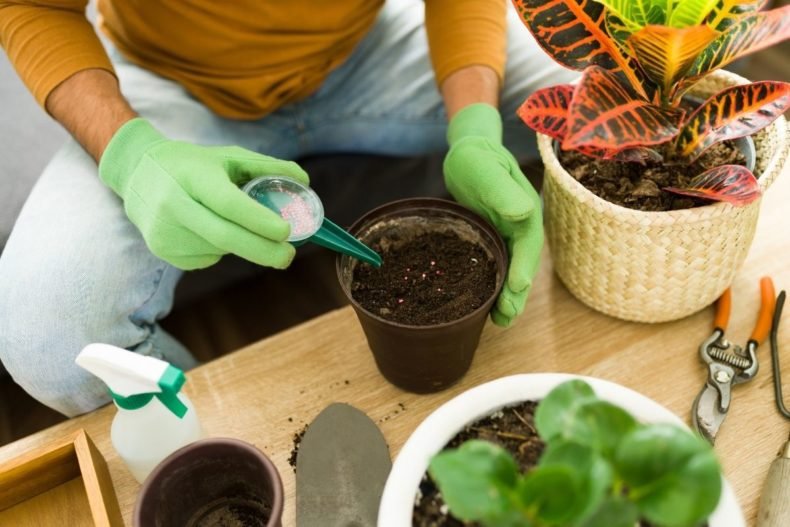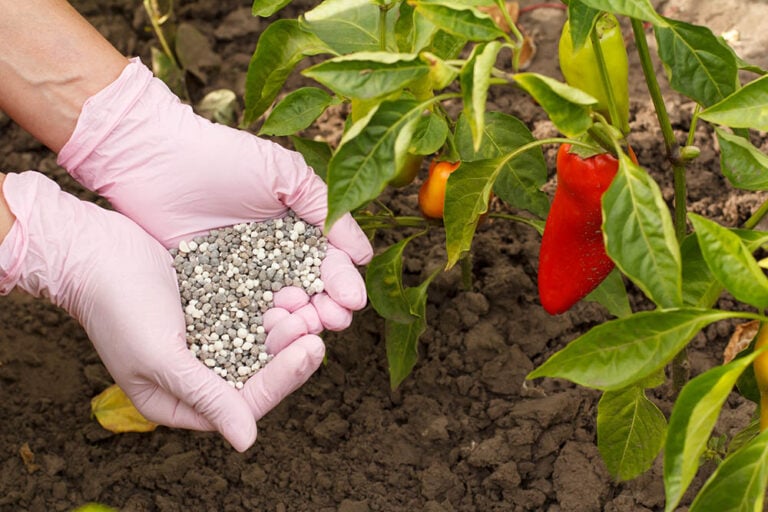Why Fertilization Matters for Indoor Plants
Fertilizing indoor plants is essential for their overall health and well-being. When to start fertilizing indoor plants is a crucial decision, as it can significantly impact their growth and development. By providing indoor plants with the necessary nutrients, you can promote healthy growth, vibrant colors, and strong root systems. Fertilization helps to replenish the nutrients that are depleted from the soil, ensuring that your plants receive the necessary nourishment to thrive. Without proper fertilization, indoor plants can suffer from stunted growth, yellowing leaves, and weakened root systems. By understanding the importance of fertilization, you can create a thriving indoor oasis that brings joy and freshness to your home or office.
Understanding Your Plant’s Nutritional Needs
Indoor plants require a balanced diet of essential nutrients to thrive. These nutrients can be broadly classified into three categories: nitrogen (N), phosphorus (P), and potassium (K). Nitrogen promotes healthy leaf growth and green color, phosphorus supports root development and flower production, and potassium helps with overall plant health and resistance to disease. Additionally, indoor plants also require micronutrients like iron, zinc, and copper, which play a crucial role in various physiological processes. When to start fertilizing indoor plants depends on their nutritional needs, which can vary depending on factors like plant species, age, and growth stage. By understanding the specific nutritional requirements of your indoor plants, you can provide them with the necessary nutrients to flourish.
How to Determine the Best Time to Fertilize Your Indoor Plants
Determining when to start fertilizing indoor plants is crucial to their health and well-being. One of the most obvious signs that indoor plants need fertilization is a lack of growth or yellowing leaves, which can indicate a nutrient deficiency. Seasonal changes can also impact the fertilization needs of indoor plants. For example, plants may require more nutrients during the spring and summer months when they are actively growing. Additionally, different growth stages of indoor plants require varying levels of fertilization. Seedlings, for instance, require more frequent fertilization than mature plants. By monitoring your indoor plants for signs of nutrient deficiency, seasonal changes, and growth stages, you can determine the best time to fertilize them and provide the necessary nutrients for optimal growth.
The Role of Soil Quality in Fertilization Timing
Soil quality plays a significant role in determining when to start fertilizing indoor plants. The pH level of the soil, for instance, can affect the availability of nutrients to the plants. If the soil is too acidic or alkaline, it can limit the absorption of essential nutrients, making fertilization less effective. Additionally, the nutrient content of the soil can also impact the timing of fertilization. Soil with low nutrient levels may require more frequent fertilization, while soil with high nutrient levels may not need fertilization as often. The organic matter content of the soil is also crucial, as it can affect the soil’s water-holding capacity and aeration, which in turn impact plant growth. By understanding the soil quality and its impact on plant growth, you can adjust your fertilization schedule accordingly and provide your indoor plants with the necessary nutrients for optimal growth.
Fertilizing Indoor Plants During Different Growth Stages
Indoor plants have unique fertilization needs during different growth stages. Seedlings, for instance, require more frequent fertilization to promote healthy root development and leaf growth. A balanced fertilizer with a higher phosphorus content can help support root development during this stage. Mature plants, on the other hand, require less frequent fertilization, but may benefit from a fertilizer with a higher nitrogen content to promote healthy leaf growth and color. Blooming plants, such as orchids and African violets, require a fertilizer with a higher phosphorus content to support flower production. Additionally, fertilizing indoor plants during different growth stages can also depend on the plant species. For example, succulents and cacti require less frequent fertilization than ferns and peace lilies. By understanding the specific fertilization needs of indoor plants during different growth stages, you can provide them with the necessary nutrients for optimal growth and development.
Avoiding Over-Fertilization: A Common Mistake to Watch Out For
While fertilizing indoor plants is essential for their growth and development, over-fertilization can be detrimental to their health. One of the most common mistakes indoor plant owners make is over-fertilizing, which can lead to a range of problems. Burning roots, for instance, can occur when too much fertilizer is applied, causing damage to the plant’s root system. Over-fertilization can also promote weak growth, making plants more susceptible to disease and pests. Furthermore, excessive fertilizer can contaminate the soil, leading to long-term damage to the plant and the environment. To avoid over-fertilization, it’s essential to follow the instructions on the fertilizer package and start with a small amount, gradually increasing as needed. Additionally, monitoring plant growth and adjusting fertilization schedules accordingly can help prevent over-fertilization. By being mindful of the risks of over-fertilization, indoor plant owners can ensure their plants receive the necessary nutrients for optimal growth without causing harm.
Choosing the Right Fertilizer for Your Indoor Plants
Selecting the right fertilizer for indoor plants can be a daunting task, especially with the numerous options available on the market. However, by understanding the different types of fertilizers and their benefits, indoor plant owners can make an informed decision. Organic fertilizers, for instance, are a popular choice for indoor plants as they release nutrients slowly, promoting healthy growth and development. Synthetic fertilizers, on the other hand, provide a quick burst of nutrients, making them ideal for plants that require rapid growth. Balanced fertilizers, which contain equal amounts of nitrogen, phosphorus, and potassium, are a good all-purpose option for most indoor plants. Specialty fertilizers, such as bloom-boosting fertilizers, can be used to promote specific growth stages, like flowering. When choosing a fertilizer, it’s essential to consider the plant’s specific needs, including its growth stage, soil type, and nutrient deficiencies. By selecting the right fertilizer, indoor plant owners can provide their plants with the necessary nutrients for optimal growth and development. Remember, when to start fertilizing indoor plants depends on the fertilizer type and plant needs, so be sure to follow the instructions and start with a small amount to avoid over-fertilization.
Creating a Fertilization Schedule for Long-Term Success
Developing a fertilization schedule is crucial for the long-term health and success of indoor plants. By understanding the unique needs of indoor plants, including frequency, dosage, and timing considerations, indoor plant owners can create a schedule that meets their plants’ specific requirements. When determining the frequency of fertilization, it’s essential to consider the type of fertilizer being used, as well as the plant’s growth stage and soil quality. For instance, seedlings may require more frequent fertilization than mature plants, while blooming plants may benefit from a specialized fertilizer. Dosage is also critical, as over-fertilization can be detrimental to plant health. Timing is equally important, as fertilizing during periods of active growth can promote healthy development. By considering these factors and creating a tailored fertilization schedule, indoor plant owners can ensure their plants receive the necessary nutrients for optimal growth and development. Remember, knowing when to start fertilizing indoor plants is key to a successful fertilization schedule, so be sure to monitor plant growth and adjust the schedule accordingly.








